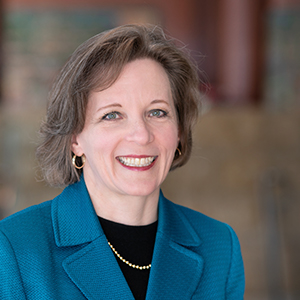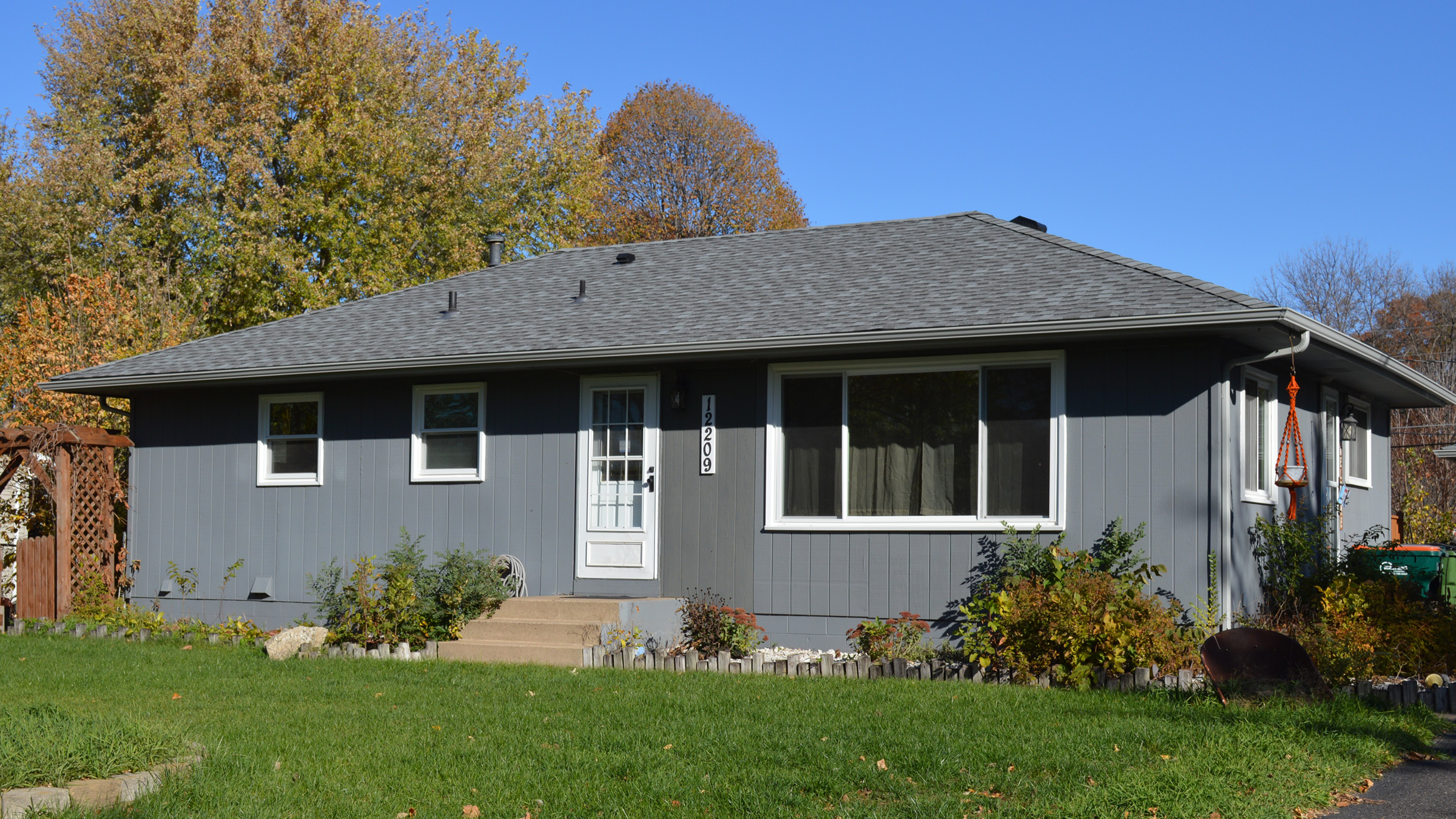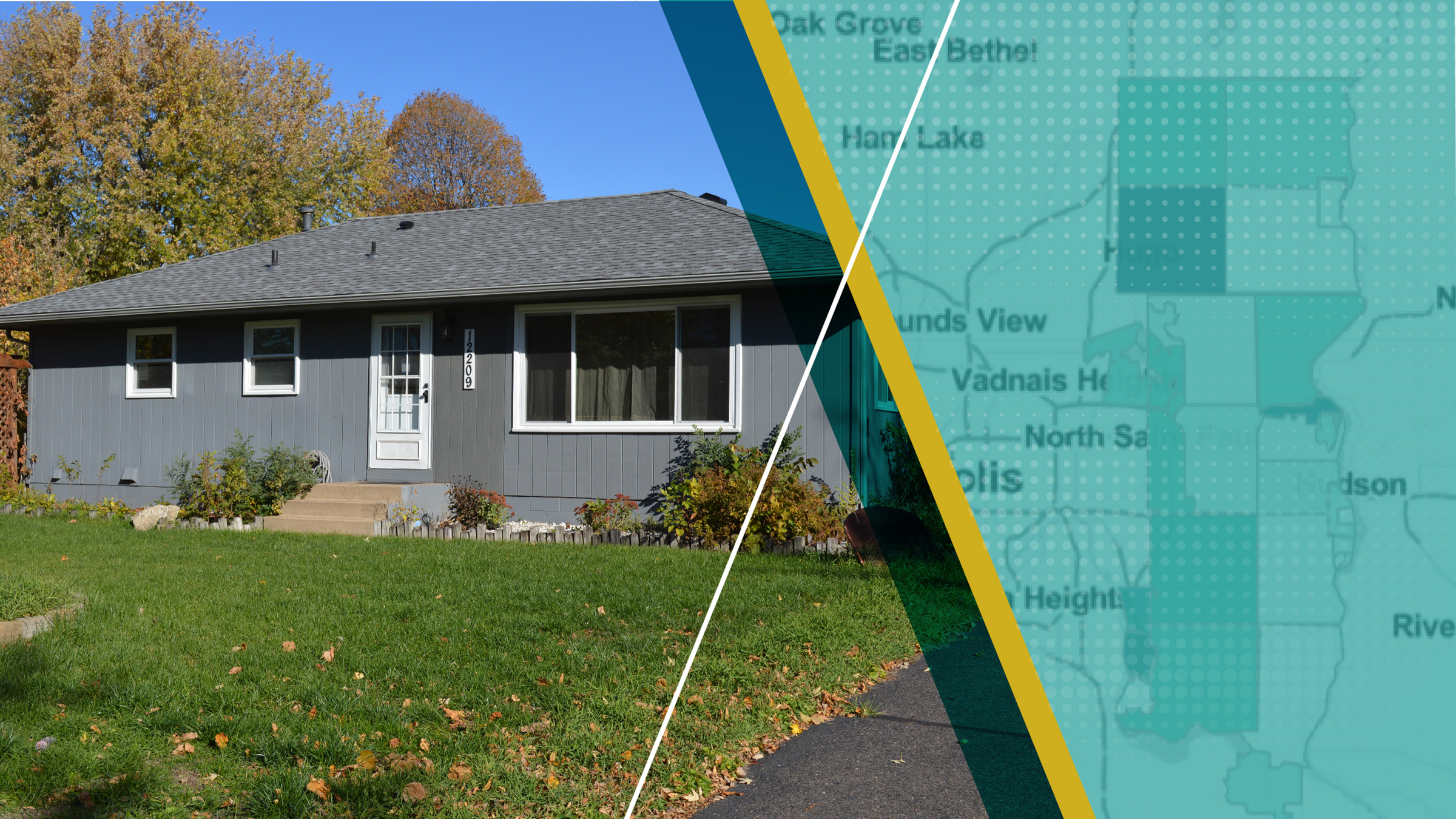Investor ownership of single-family rental homes has risen in the Twin Cities area over the last 15 years, and one driver is the increasing presence of very large and, in many cases, out-of-state investors. In our previous article, we explored overall trends in investor ownership of single-family rentals and found that investors—that is, any entity that owns at least two non-homesteaded homes, which we use as proxies for rental homes—owned only a small share of single-family detached homes, 3.4 percent. In this article, we examine the size and location of these investors. Using the latest annual data from our interactive tool on investor ownership, we find that very large investors own nearly one in five investor-owned single-family rentals in the seven-county Twin Cities area,1 with four investors owning more than 100 homes each in 2022. After years of increasing their market share, out-of-state investors now own one in five investor-owned single-family rentals in the area. (In our “About the data” appendix below, learn more about what we include or don’t include in our counts of rental homes.)
Among investors, the very large ones increase their market share
Very large investors, which we define as investors with 50 or more properties in their Twin Cities portfolios, were barely present in the Twin Cities area before the Great Recession of 2007–2009. Despite identifying almost 10,000 investor-owned single-family rentals in 2006, our methodology does not flag any very large investors active in the Twin Cities area until 2008. (Note that our methodology, which identifies unique investors through a combination of name and mailing address, may undercount larger investors if one owner or ownership entity uses multiple legal structures with separate mailing addresses to acquire or own single-family homes.) As Figure 1 shows, by 2014, very large investors owned 1,231 investor-owned single-family rentals, or 6.6 percent. The number owned by very large investors then increased steadily to 4,059 in 2022, which equals 17.9 percent, or nearly one in five investor-owned rental properties. For context, we estimate that in 2022, investors accounted for roughly 54 percent of all single-family rentals in the Twin Cities area, and very large investors accounted for almost 10 percent.2
Looking at just these roughly 4,000 single-family homes owned by very large investors, only 41 percent were owned by investors of any size in 2014, 25 percent were investor-owned in 2013, and 7 percent have been new construction, typically in built-to-rent communities, over the last decade. More than half of the growth of very large investors has resulted from investors acquiring previously owner-occupied homes rather than the acquisition of smaller portfolios of already investor-owned homes. The 18 very large investors that we identified in our 2022 dataset owned a combined portfolio of homes worth nearly $1.4 billion in estimated market value.
Small investors, which we define as individuals or corporations that own fewer than 10 properties, own the majority of single-family rentals in the Twin Cities area. As the market share of large investors has grown, small investors’ market share has decreased, from 90.2 percent of investor-owned single-family rentals in 2006 to 68.5 percent in 2022. Medium and large investors have seen some growth in market share, increasing from 7.4 percent to 8.5 percent and 2.3 percent to 5.0 percent, respectively, from 2006 to 2022.
The 18 very large investors own homes located in urban, suburban, and exurban communities in the Twin Cities area. One-quarter of the homes are in Minneapolis or St. Paul. Four census tracts in Minneapolis, Woodbury, and Maple Grove each have more than 60 homes owned by very large investors. This pattern largely mirrors the broader distribution of investor-owned single-family rentals, which are more prevalent in lower-income neighborhoods and neighborhoods with lower shares of White, non-Latino residents and are becoming more common in suburban areas.
Four very large investors own more than 100 homes apiece
Our methodology identifies four investors that own more than 100 homes each in the Twin Cities area. As Figure 2 indicates, the four largest investors in the Twin Cities area in 2022—Home Partners of America, Invitation Homes, Progress Residential (whose parent company, Pretium Partners, acquired Front Yard Residential, which itself acquired HavenBrook Homes), and Bridge Investment Group—have headquarters located outside of Minnesota and also own single-family rental properties elsewhere across the nation. Together, these four investors now own about 3,000 properties, or 13 percent of the inventory of investor-owned single-family rentals in the Twin Cities area.
Because our methodology uses Minnesota-specific data, we cannot compare these numbers directly to the experience of other regions. However, for context, research from the Urban Institute has identified 71,000 single-family properties in just the Atlanta-Sandy Springs-Alpharetta, GA metropolitan statistical area (MSA) owned by mega investors, which own at least 1,000 properties in multiple MSAs; this represents over 27 percent of all single-family rentals under their definitions.
| Company name | Headquarters location | Total properties owned in the Twin Cities area | Total properties owned in the United States |
|---|---|---|---|
| Home Partners of America | Chicago, Illinois | 1,152 | 28,000 |
| Invitation Homes | Dallas, Texas | 1,040 | 80,000 |
| Progress Residential (Portfolio formerly owned by Front Yard Residential, which Progress Residential’s parent company acquired in 2021) |
Scottsdale, Arizona | 602 | 85,000 |
| Bridge Investment Group | Salt Lake City, Utah | 214 | 3,370 |
As shown in Figure 3, Home Partners of America entered the Twin Cities market in 2015 and has since become its largest owner of single-family lease-to-own rental homes. Invitation Homes first appeared as an investor in our dataset in 2013 and grew quickly to its present portfolio of roughly 1,000 homes in the Twin Cities area by 2015. The former Front Yard Residential, subsequently acquired by the parent company of Progress Residential, entered our dataset in 2016 and significantly increased its portfolio in 2018 when it acquired Havenbrook Homes. The smallest of the “big four,” Bridge Investment Group, entered the market in 2013, passed the 100-property threshold in 2015, and has since continued to increase its portfolio.
Out-of-state ownership of single-family rentals is growing
With the rise of very large investors owning growing portfolios of single-family rentals in the Twin Cities area, ownership of single-family rentals is moving increasingly out of Minnesota. Based on the property-tax payer addresses,3 we classify each investor into one of four categories, including “Same city” if the taxpayer address is in the same city as the property, and “In the Twin Cities” if the taxpayer address is elsewhere in the Twin Cities area. As shown in Figure 4, in 2022 nearly 4,700 investor-owned single-family rentals, or one in five, were owned by out-of-state investors, compared to less than 3 percent in 2006 and less than 5 percent in 2012. This increase reflects the growing market share of very large investors and the top four investors listed in figures 2 and 3. Among the homes owned by out-of-state investors, over two-thirds are in portfolios owned by very large investors. And conversely, as seen in Figure 5, among very large investors, 81.3 percent are based out of state.
On the one hand, the single-family rental market provides households that are not interested in or ready for homeownership more options in terms of style of home, living space, and location. On the other hand, the growth in ownership by out-of-state and large investors in the Twin Cities market has raised concerns among policymakers and community advocates alike. Out-of-state ownership may make owners less responsive to tenant and community concerns about property maintenance. Or, on the flip side, it may provide the resources for more responsive property management. Research conducted elsewhere suggests that large-investor-owned single-family rentals may contribute to a weakening of local homeownership, and that increased market concentration of investors may lead to an increase in house prices and rents in the surrounding neighborhoods and communities. While very large investors’ holdings of single-family rentals in the Twin Cities area remain only a fraction of the region’s housing stock, now is the appropriate moment to begin monitoring their impacts on the region’s housing market.
We thank Amani Samuels, our former intern, who contributed to the early development of this article.
Appendix: About the data
Identifying single-family rentals
Here, we focus on single-family, detached homes only, which we define as stand-alone structures containing a single dwelling unit, excluding townhomes and condominiums. In our data, single-family homes account for about 83 percent of single-dwelling units that are traditionally owner-occupied. We also focus on for-profit investors, excluding homes that are owned by a financial institution (e.g., when a lender takes ownership of a foreclosed home before selling it off to a third party) or by a public or community-based entity (e.g., a community land trust or a public housing agency).
As we note above in the article, we define an investor as any entity that owns at least two non-homesteaded homes in the seven-county Twin Cities area. While the cutoff of two properties for the investor proxy is arbitrary and may be over-inclusive, it allows us to both capture the maximum number of investors and still exclude those individuals who own a second home. On the flip side, landlords who only own one rental property are not captured in our definition. The exclusion of such landlords at least partially explains the difference between our total estimate of investor-owned single-family homes and what the American Community Survey reports. Note that our methodology is unable to distinguish long-term rentals from short-term rentals made available through sites like Airbnb and Vrbo. Learn more about our methodology for identifying investors in the technical appendix of our Investor Ownership of Twin Cities Rental Properties tool.
Endnotes
1 The seven counties are Anoka, Carver, Dakota, Hennepin, Ramsey, Scott, and Washington.
2 Based on the U.S. Census Bureau’s 2018–2022 American Community Survey, in 2022 there were 42,135 renter-occupied single-family homes in the Twin Cities region. The remaining homes are at least partially owned by someone who owns only one rental property.
3 And, sometimes owner address if taxpayer address is not available.
Libby Starling is Senior Community Development Advisor in Community Development and Engagement at the Federal Reserve Bank of Minneapolis. She focuses on deepening the Bank’s understanding of housing affordability, concentrating on effective housing policies and practices that make a difference for low- and moderate-income families in the Ninth Federal Reserve District.







